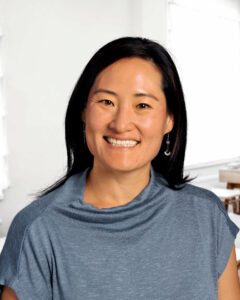Summary
Cities change their structural space and are a part of globalization, but how does this affect residents across a city? This two-part session discusses the challenges of urban growth, both in the past and present by centering on our third largest city, Chicago. The first part focuses on the effects of redlining in Chicago and showcases a student research project. This project requires students to conduct preliminary research using the HOLC maps from University of Richmond’s Mapping Inequality website. From there, students explore seven major effects of redlining that affect residents today. The effects include displacement, education, health, and the wealth gap. The second part discusses the major changes occurring in Chicago’s central business district as a means to revitalize the urban core. With many downtowns struggling with occupancy since the height of Covid, the City of Chicago voted to develop the LaSalle Street Reimagined Initiative. Maps, videos, and information are used to demonstrate
Session Focus
Secondary/High School | Curriculum and Instruction | Redlining, Urban Renewal, Urban Land Use
Conference Room
Flannigan
Meet the Presenter
 Jeanne Shin-Cooper has been a public high school educator for twenty years. Over the course of her career, she has taught multiple disciplines in the social sciences in addition to work within the field of EL. She is currently a consultant and exam reader for AP Human Geography and a part of the Test Development Committee. She received her Masters in Education and Social Policy at Northwestern University and her Masters in Geography through the EDGE Program at University of Oregon. She has served on the Educator Advisory Committee for Harvard’s Religion and Public Life in conjunction with teaching College World Religions Dual Credit. For the past two years, she was invited as a keynote speaker for Harvard University’s Global Studies Outreach Workshop and she is overjoyed to return to the wonderful community of NCGE.
Jeanne Shin-Cooper has been a public high school educator for twenty years. Over the course of her career, she has taught multiple disciplines in the social sciences in addition to work within the field of EL. She is currently a consultant and exam reader for AP Human Geography and a part of the Test Development Committee. She received her Masters in Education and Social Policy at Northwestern University and her Masters in Geography through the EDGE Program at University of Oregon. She has served on the Educator Advisory Committee for Harvard’s Religion and Public Life in conjunction with teaching College World Religions Dual Credit. For the past two years, she was invited as a keynote speaker for Harvard University’s Global Studies Outreach Workshop and she is overjoyed to return to the wonderful community of NCGE.


